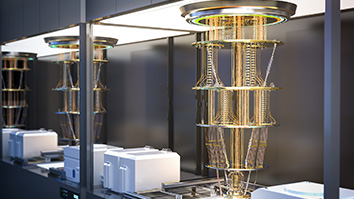Citation
Baltes, C., & Faris, G. W. (2009). Frequency domain measurements on turbid media with strong absorption using the P N approximation. Applied optics, 48(16), 2991-3000.
Abstract
We have applied the frequency-domain technique to measurement of the optical properties of turbid media with strong absorption in the infinite medium limit. Absorption coefficients up to 2.3 cm−1 for a modified scattering coefficient of 4.3 cm−1 are studied, which corresponds to a reduced scattering albedo of 0.65. Low phase noise and good phase stability are required for these low albedo conditions. As the degree of absorption increases, the phase changes are reduced while amplitude changes increase. For this reason, correction of amplitude-phase cross talk is essential to achieve accurate measurements with strong absorption. Careful control of stray reflections is required to properly measure amplitude-phase cross talk. Because the diffusion approximation becomes less accurate, measurements are compared to calculations performed in the PN approximation, which is essentially an exact solution for the infinite medium limit. Agreement between theory and experiment is only obtained when correction for amplitude-phase cross talk is performed. These measurements can provide a good method for testing amplitude-phase cross talk.


